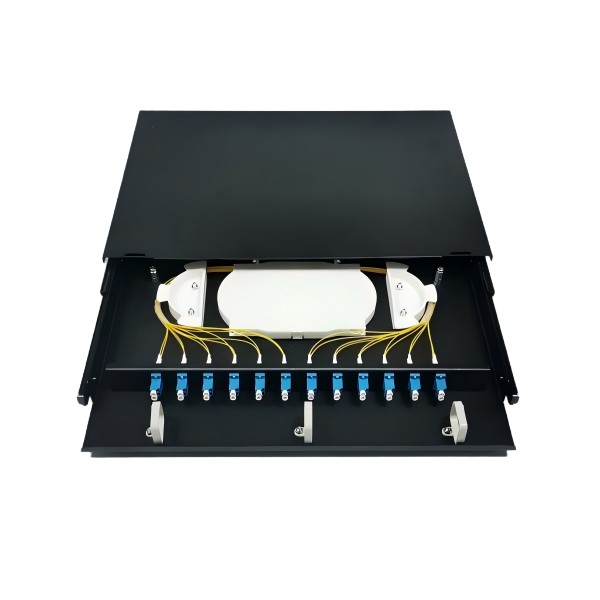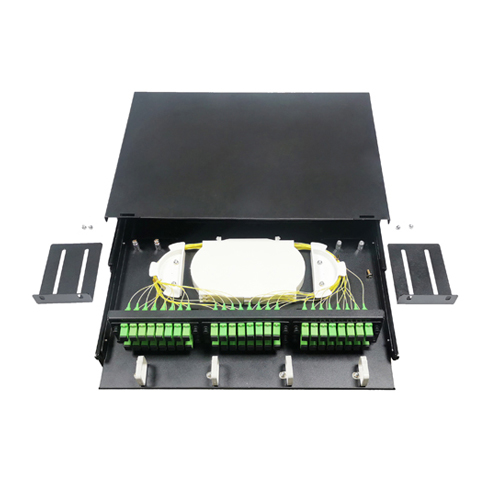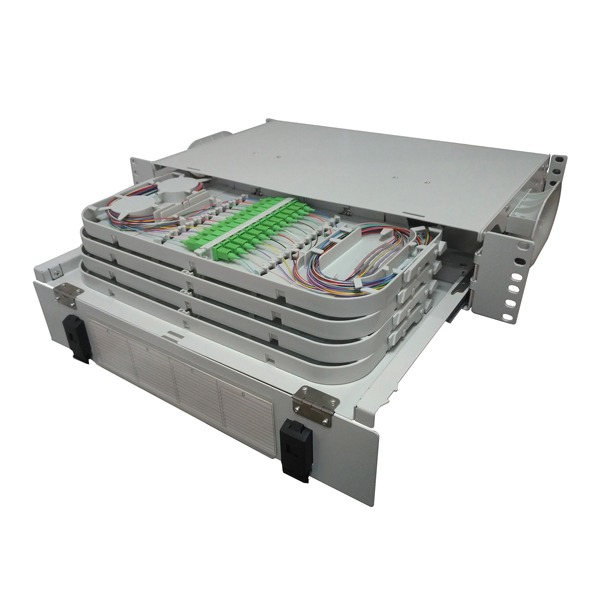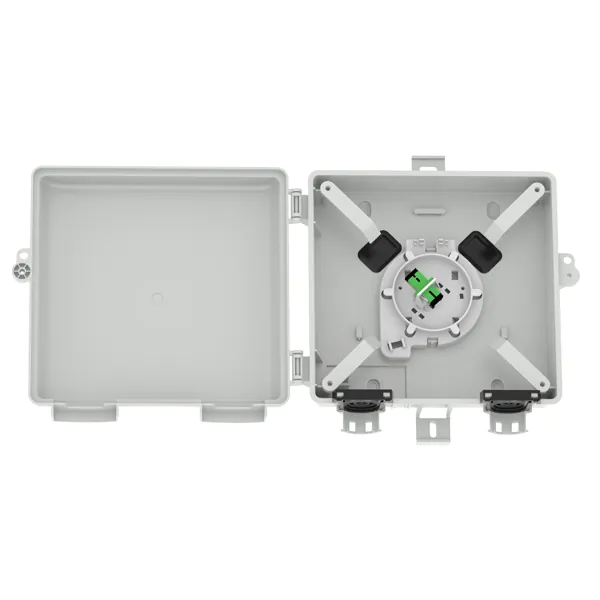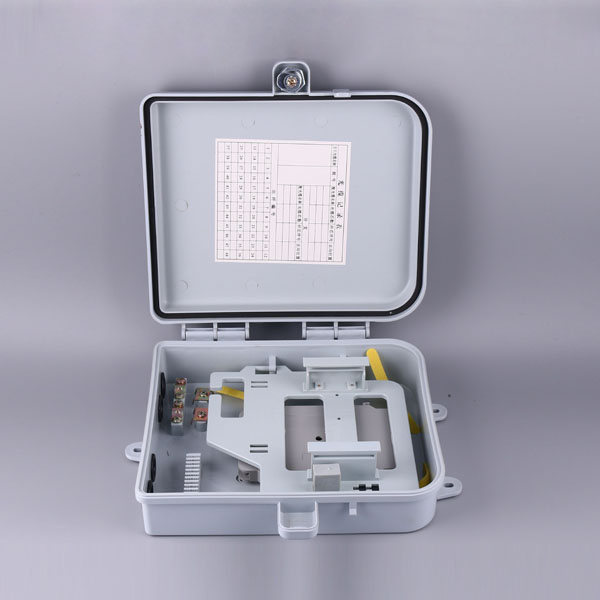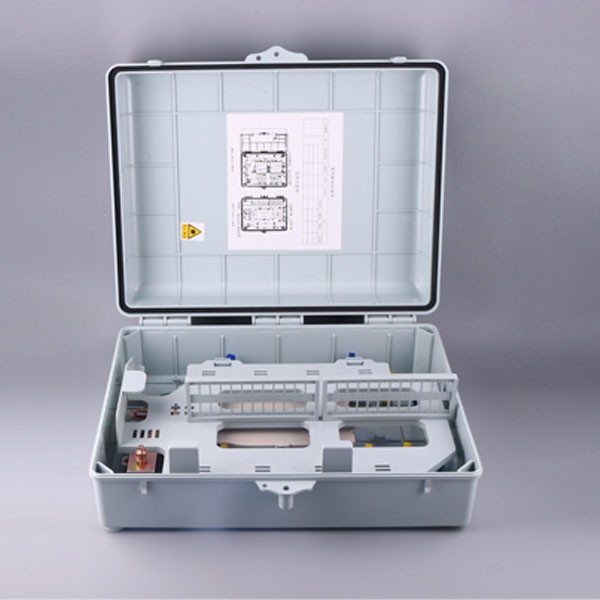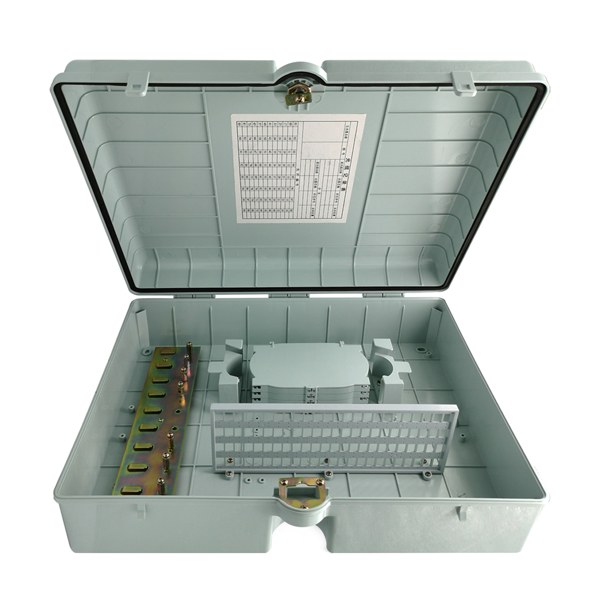In the era of 5G and big data, optical communications are becoming increasingly important. Today, we’ll analyze four common types of link equipment in fiber optic links: fiber distribution panel (fiber optic patch panels), optical termination box, fiber splitter boxes, and ODF fiber panel (optical fiber distribution frames ODFs). What are the differences between them?
In fact, the basic functions of these four fiber optic boxes are almost identical. They all secure optical cables for fiber splicing, provide flexible plug-in and unplug interfaces, and protect fibers from excessive bending. So, if their functions are similar, why are there so many different types?
The differences primarily lie in two aspects: the number of interfaces and the environment in which they are used.
Let’s take a closer look at the features of each fiber optic box:
Fiber Optic Distribution Panels
Typically available in 12 port, 24 port, or 48 port configurations, these fiber patch panels are primarily installed in standard cabinets. They act as a transit station, connecting vertical trunk cables and horizontal branch cables. This 19-inch rack-mount design is ideal for computer room environments.
Optical Termination Box
Optical termination box is usually a relatively small box with 2 port, 4 port, 8 port, or 12 ports. It is usually installed on the wall or desktop. It is the closest connection point to the terminal device. For example, the network interface in your office is probably connected through a optical terminal box. Due to the relatively high price of metal terminal boxes, plastic terminal boxes are currently more commonly used. They can also be called roseta fibra optica.
Fiber Optic Splitter Box
The size of the fiber optics splitter box is between the optical termination box and path panels, 24 port and 48 ports are the most common. It is mainly installed in the corridor and is responsible for distributing the trunk cable to each user’s home. If you pay attention, you will often see such splitter boxes in the corridors of residential areas.
ODF Fiber Panel
ODF fiber distribution fame is relatively large in size, with a capacity ranging from 12 cores to 1440 cores. It is specially used in places that require large-scale fiber management, such as computer rooms and regional distribution centers. The ODF distribution frame is like a general dispatching center, managing the connection of the entire fiber network.
Conclusion
Those 4 types of fiber optic equipment don’t directly participate in data transmission, they are essential components of a fiber optic network. When planning a fiber optic network, you should select and combine different types of equipment based on your specific needs to build a complete fiber optic cabling system: Fiber optic patch panels are suitable for small and medium-sized cabinet deployments, optical terminal boxes are used for end-access, fiber splitter boxes are responsible for building distribution, and ODF distribution frame are suitable for large core nodes.

